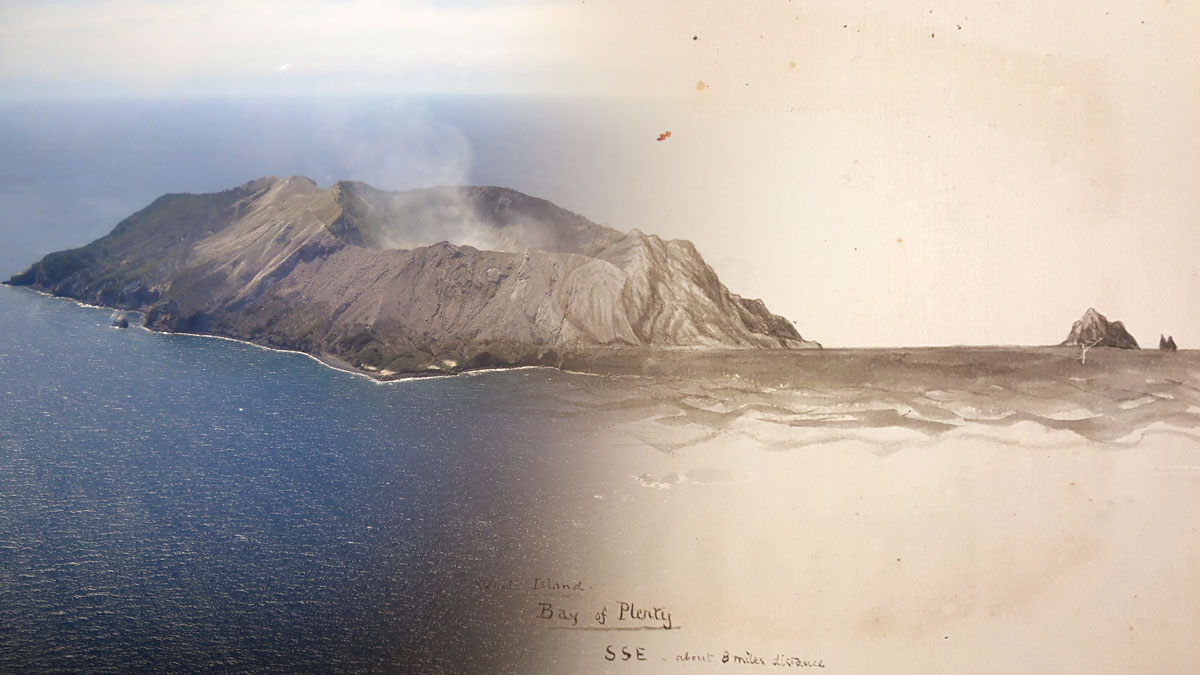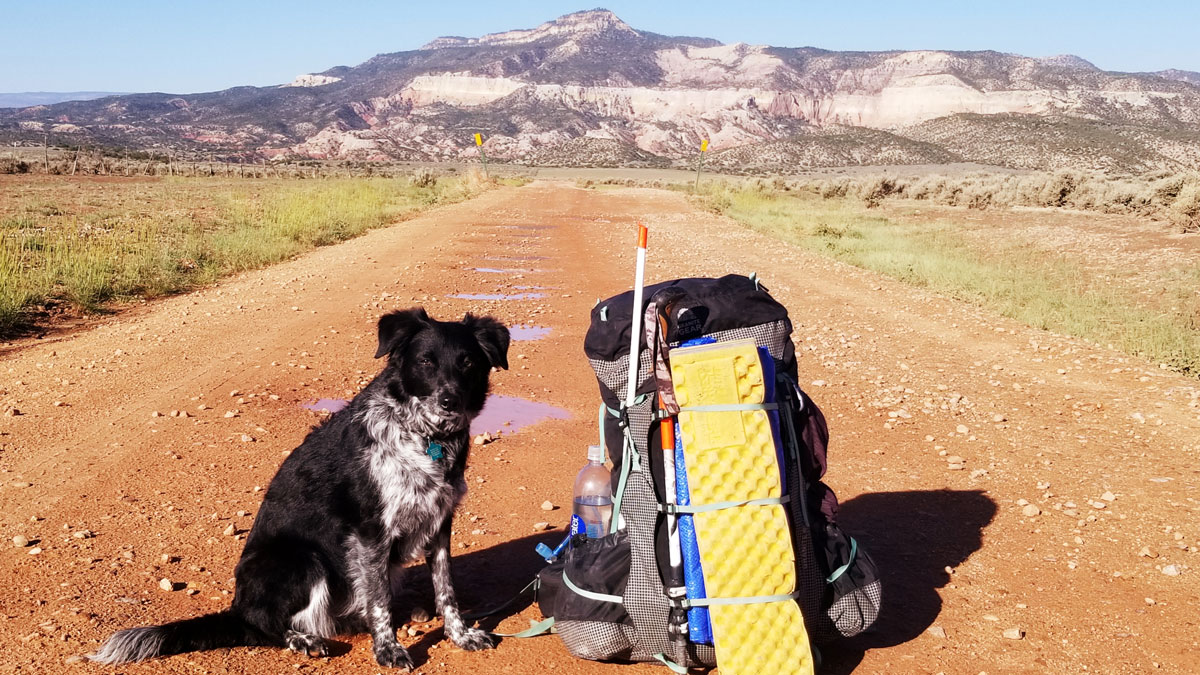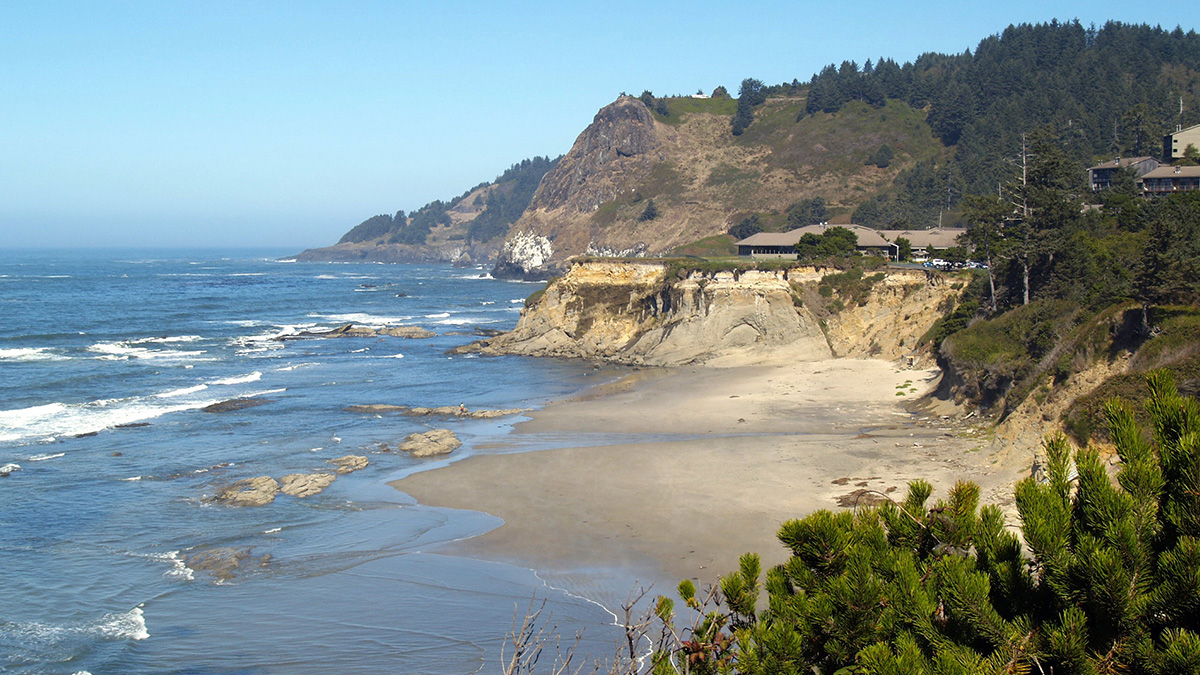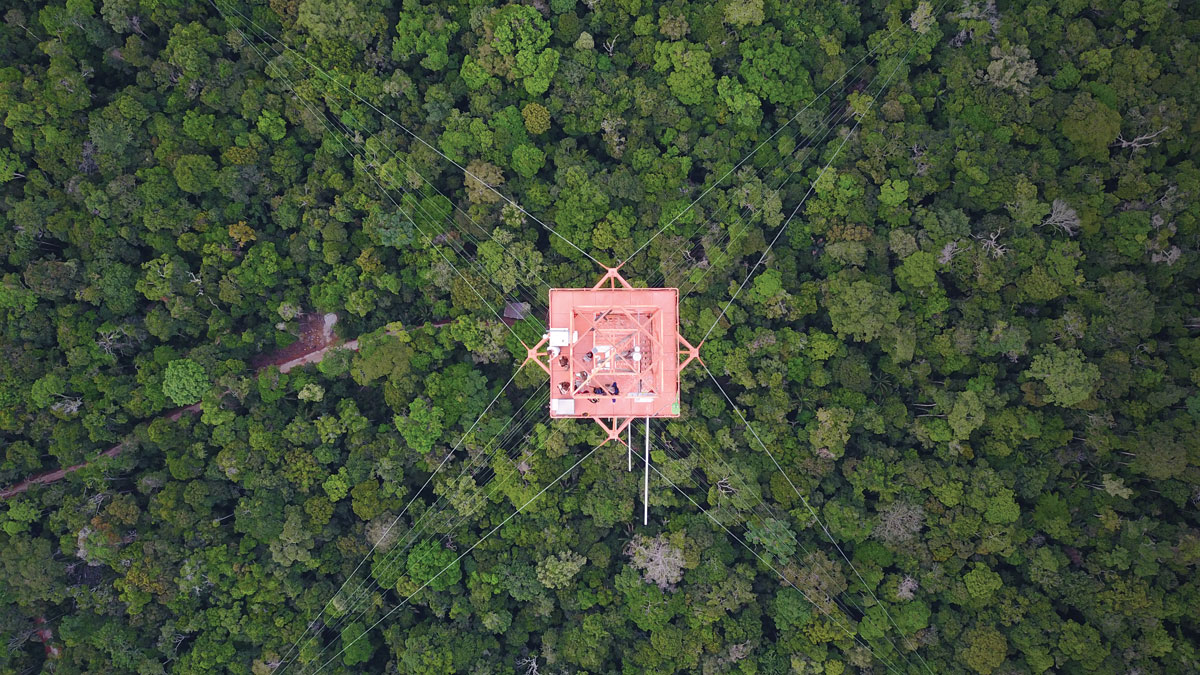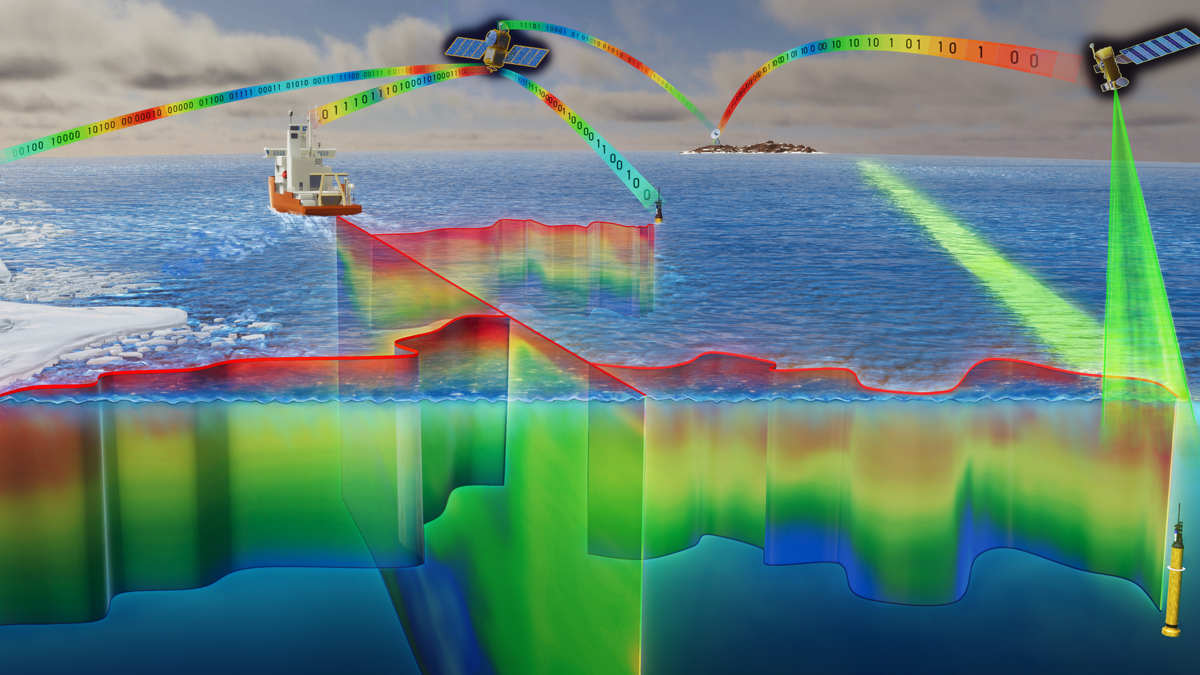Success in Yosemite is driving the wider use of lidar surveys to support forest health and wildfire resilience, study wildlife habitats, and monitor water resources.
Features
Is Earth’s Core Rusting?
If subduction carries hydrous minerals deep into Earth’s mantle, they may “rust” the iron outer core, forming vast sinks of oxygen that can later be returned to the atmosphere.
Studying Volcanoes through Myths, Legends, & Other Unconventional Data
Studying historic eruptions through a storytelling lens often improves our understanding of and ability to prepare for such events.
Incredible Journeys on the Crown of the Continent
Living in Geologic Time: The making, breaking, and backpacking of North America’s Continental Divide.
Could “Lost Crops” Help Us Adapt to Climate Change?
Archaeology might not solve all the agricultural challenges that climate change will bring, but it could provide important lessons and a record of new ideas.
Exploring Subduction Zone Geohazards on Land and at Sea
A new initiative is bringing together scientists to address fundamental questions about subduction zone geohazards, using the latest advances in observation technology and computational resources.
The Nutrient-Rich Legacy in the Amazon’s Dark Earths
Fertile terra preta soils were created through centuries of carefully managed land use. Scientists are taking cues from these soils to better sequester carbon and improve soil for agriculture.
Africa’s Earth, Wind, and Fire Keep the Amazon Green
Jet streams sprinkle North African dust over the Amazon, providing the rain forest with much needed nutrients. Changing wind patterns and increasing smoke may shift the system.
A Global Ocean Biogeochemical Observatory Becomes a Reality
Building on the successful Argo network of seafaring temperature and salinity sensors, work is underway to deploy 1,000 floats equipped to study ocean biogeochemistry in greater detail than ever.
Striking Out into the Field to Track Slip on the Sumatran Fault
An international team overcame many challenges, including from the COVID-19 pandemic, to deploy a dense seismic network along an understudied fault system that poses hazards to millions in Indonesia.



